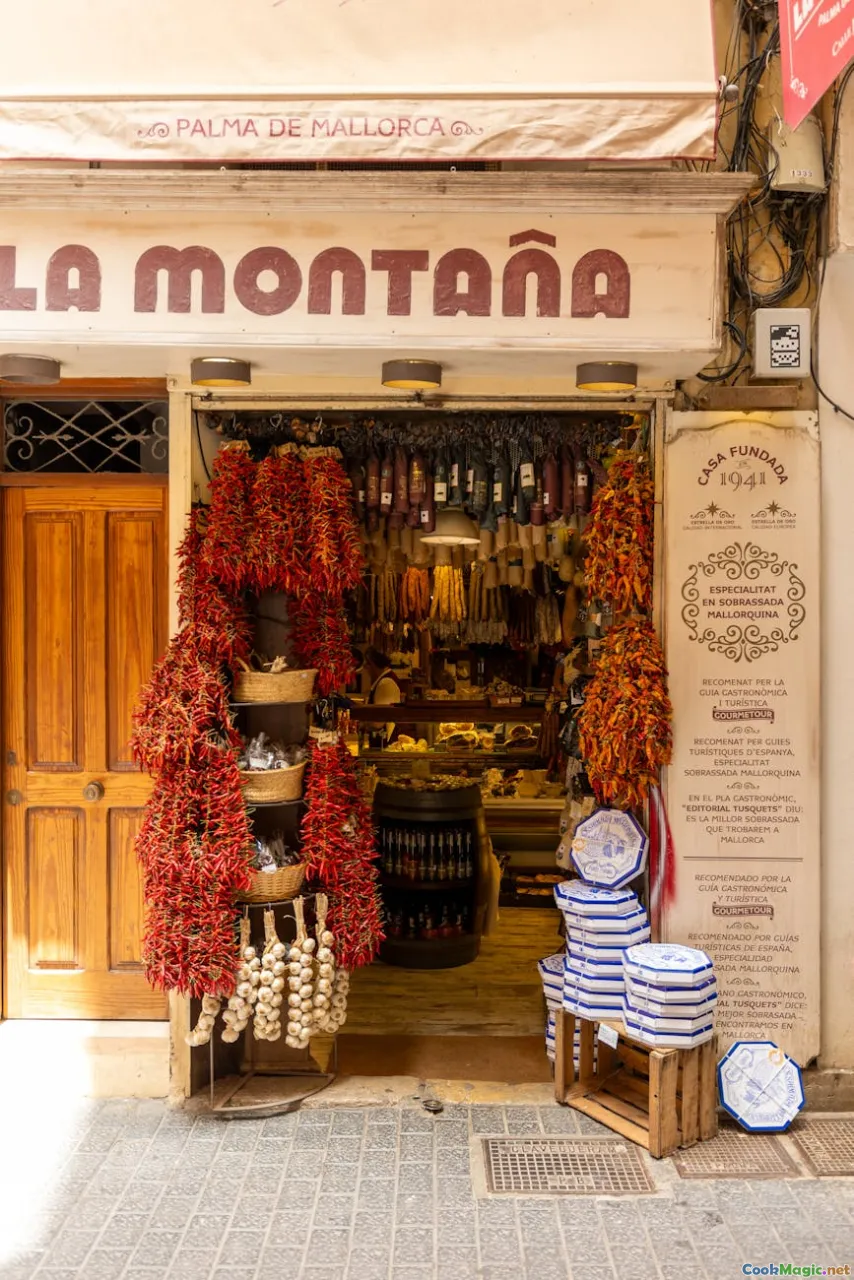The Evolution of Solomon Islands Cuisine
8 min read Explore the rich journey of Solomon Islands cuisine, from ancient traditions to modern influences, revealing a vibrant tapestry of flavors and culture. April 23, 2025 15:00
The Evolution of Solomon Islands Cuisine
Imagine a land where lush rainforests meet azure waters, where every island whispers stories of ancient traditions and vibrant cultures. The Solomon Islands, a scattered archipelago in the heart of the Pacific, boasts a culinary heritage as diverse and colorful as its coral reefs. From humble roots rooted in subsistence farming and fishing to a dynamic blend of indigenous and external influences, Solomon Islands cuisine offers a compelling narrative of resilience, adaptation, and identity.
Introduction: A Feast for the Senses
The first time I set foot on Guadalcanal, the scent of roasted sweet potatoes mingling with the smoky aroma of freshly caught fish greeted me like an old friend. The vibrant colors of tropical fruits, the rhythmic beat of traditional drums, and the warm smiles of villagers eager to share their food customs all painted a vivid picture of a cuisine deeply intertwined with daily life and cultural expression. It’s a culinary journey that tells stories of survival, community, and the enduring connection between land, sea, and people.
The Roots of Solomon Islands Cuisine: Indigenous Foundations
Traditional Food Practices
The earliest inhabitants of the Solomon Islands relied heavily on their abundant natural resources. Their diets centered around marine bounty—fish, octopus, shellfish—and tropical stapleslike taro, yams, sweet potatoes, bananas, and coconuts. These ingredients formed the backbone of traditional meals, prepared using methods passed down through generations.Cooking techniquessuch asearth ovens (known locally as 'lovo') were pivotal. Digging a pit, lining it with hot stones, and layering food with banana leaves allowed the community to cook large quantities of food slowly—resulting in tender, smoky dishes infused with natural flavors. The aroma of coconut milk simmered with root vegetables still evokes a visceral connection to those ancient practices.
Cultural Significance
Food was more than sustenance; it was woven into social rituals, ceremonies, and storytelling. For example, kava ceremonies often featured local dishes, reinforcing communal bonds. Each island had its unique variations, influenced by the local environment and resources, creating a rich mosaic of culinary traditions.
Historical Influences: External Touches and Trade
Colonial Encounters
The arrival of Europeans, Germans, and later the British in the late 19th and early 20th centuries introduced new ingredients and cooking methods. Canned foods, dried meats, and imported spices gradually found their way into local kitchens. However, the Solomon Islanders retained their core ingredients, weaving these new elements into their traditional framework.
World War II and Beyond
The strategic importance of the islands during WWII brought an influx of American and Allied troops, whose rations and culinary habits left a subtle yet lasting imprint. Instant noodles, canned goods, and processed foods became accessible, influencing younger generations' tastes and food preferences.
Modern-Day Solomon Islands Cuisine: A Fusion of Tradition and Innovation
Revival of Indigenous Flavors
Today, there’s a renewed appreciation for the islands’ culinary roots. Chefs and home cooks emphasize local ingredients—fresh fish, tropical fruits, and native herbs—crafting dishes that celebrate authenticity. Fried octopus, coconut crab, and pandanus leaf salads are making a comeback, showcased at food festivals and restaurants.
Influence of Globalization
At the same time, globalization has introduced international cuisines—Chinese stir-fries, Filipino adobo, and even Western fast foods. Young chefs are blending these influences with traditional techniques, creating innovative dishes that appeal to both locals and tourists.
Community and Food Festivals
Events like the Solomon Islands Food and Cultural Festivalhighlight culinary diversity, featuring traditionalmumu(earth oven roasted meats and vegetables),laplap(a starchy, grated root dish), andbanana leaf wraps filled with seasoned fish. These gatherings serve as a vital platform for cultural preservation and culinary innovation.
Personal Reflections: A Tapestry of Flavors
Having traveled extensively across the islands, I’ve marveled at the resilience expressed through their food. On a remote island, I tasted a simple dish of grilled fish topped with lime and coconut, which encapsulated the essence of Solomon Islands cuisine—fresh, vibrant, and deeply rooted in the land and sea.
Every meal is a narrative—a story of ancestors who navigated the vast Pacific, of communities that thrived amidst challenges, and of a culture that continues to evolve without losing its soul.
The Future of Solomon Islands Cuisine: Preserving and Innovating
Challenges and Opportunities
Climate change and environmental threats pose significant risks to traditional food sources. However, there is hope in community-led initiatives focusing on sustainable fishing, organic farming, and culinary education.
A Culinary Identity in Flux
The future lies in balancing tradition with innovation. Young chefs experimenting with native ingredients and modern techniques can help elevate Solomon Islands cuisine onto the global stage, fostering pride and economic development.
Conclusion: A Culinary Heritage Worth Celebrating
The evolution of Solomon Islands cuisine is a testament to resilience, adaptability, and cultural pride. It’s a living tapestry that continues to be woven—layer by layer, flavor by flavor—reminding us that food is more than sustenance; it’s a celebration of life, history, and community. Whether savoring a simple coconut crab or participating in a lively food festival, one thing remains clear: the soul of Solomon Islands cuisine beats strong, carrying its stories into the future.
Embark on this culinary journey, and discover how the flavors of the Solomon Islands tell a story as rich and diverse as the islands themselves.









